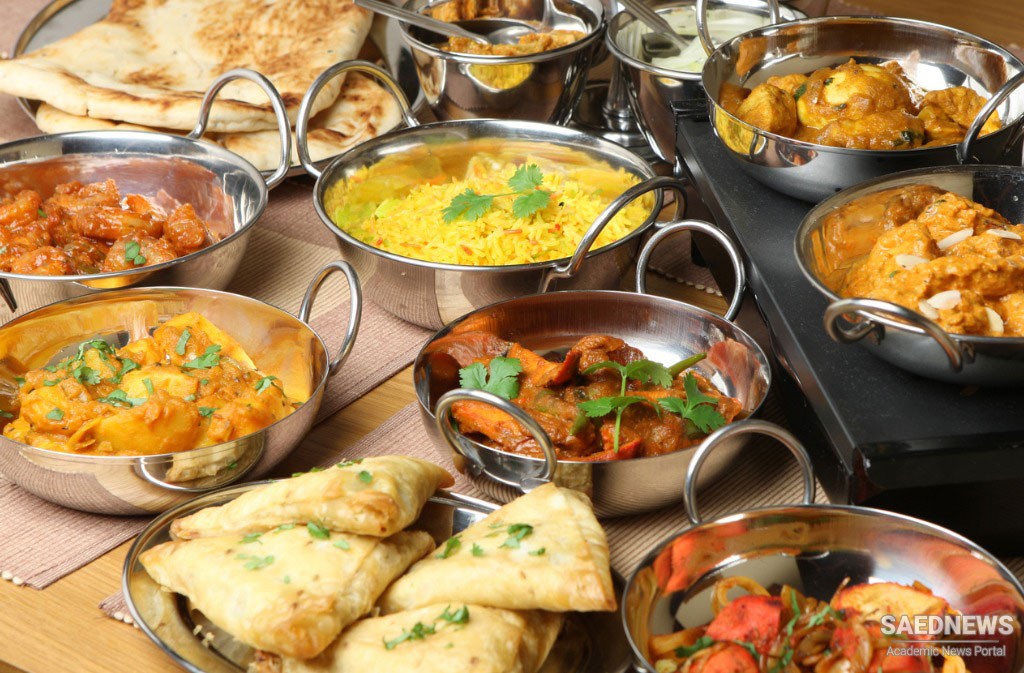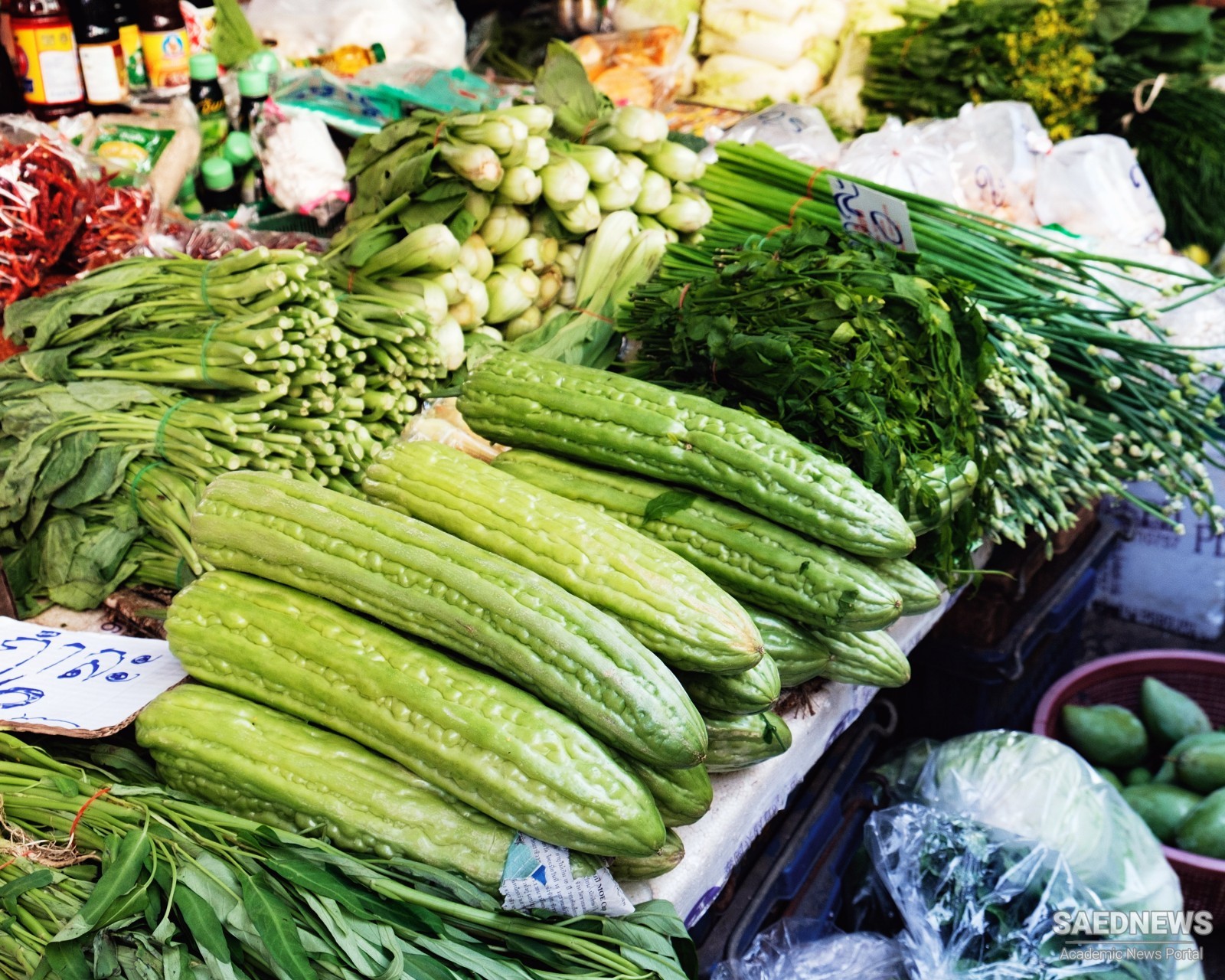You can usually buy fried onion flakes in plastic jars or packets in Asian food shops, and I recommend doing this as their preparation is a bit fiddly and it is good to have some always on hand – at least until you are using them in sufficient quantity for buying them constantly to become too expensive. Fried garlic flakes are also sometimes available from these sources but you probably won’t use them so often and it should not be such a bother to make them yourself.
Both the shallots and the garlic cloves should be peeled and sliced lengthwise thinly and evenly, and then spread out and set aside for a few hours to dry if possible. Heat a little vegetable oil in a pan or wok until it is hot. Drop in the onion or garlic flakes, turn the heat to low and allow to brown lightly (remember that they will go on cooking for a bit after you remove them so do not overcook). Watch the pan closely throughout to make sure that the onions fry properly but do not burn. Turn to brown on both sides if necessary. Lift out and drain well on kitchen paper.
When onion or garlic flakes are cool and dry, they may be stored in a screw-top jar for use later. Be careful not to salt them before doing this, however, or they will go soft. Salt the portion required just before using.
Traditionally in this part of the world, onions, garlic, chillies, some meats and other fresh flavouring ingredients would have been first grilled over charcoal to bring out their flavour before being used in a dish. Nowadays, in most places they are fried instead, but the practice of grilling still persists in some areas in the north.
When roasting chillies, garlic, shallots and most herbs over charcoal to bring out their flavour, thread them first on to a skewer for handling. One of the greatest virtues of South East Asian food is that, as in Chinese cooking, the vegetables used emerge crunchy and with their vitamins intact. You will often find in these recipes an instruction such as ‘simmer (or stirfry) until the vegetables are cooked but not soft’. This means that they should have absorbed some of the juice of the dish but should still retain their crisp texture.
Some of the recipes talk about forming chillies, radishes, tomatoes and spring onions (scallions) into flower shapes for garnishing. Thais are particularly fond of doing this. Here is how you do it.

Chillies First push a sharp needle or knife blade through the chilli about 1 cm (½ in) from the stem, and pull it along sideways to the other end of the fruit so that the chilli is bisected except at its stem end. Remove the seeds and core, then repeat the process with the needle until there are 6 or 8 ‘petals’. Now soak the chilli in iced water and the ‘petals’ will curl up. (You may wish to do this one side only at a time, detaching the sides from the seed core and leaving the seed core in as a ‘pistil’.) Radishes Treat long radishes in the same way using a sharp knife. There is, of course, no core to be removed in a radish. With small round radishes cut about 5 thin slices part of the way into the flesh around their circumference. They should then be soaked in the same way. Tomatoes Using a very sharp knife peel the skin of a mediumsized tomato horizontally in one continuous strip about 2.5 cm (1 in) wide (with a wavy edge if you can manage it) from top to bottom. Curl the strip around itself, pulling the top outwards, to resemble the shape and general appearance of a rose.
Spring onions (scallions) Cut a piece about 8 cm (3 in) long from a thick green spring onion leaf. With a needle or a sharp knife cut fine shreds down for about 2.5 cm (1 in) on both ends. Drop into iced water and the cut ends will curl around at each end into a tassle. Cucumbers The skin of the cucumber can be cut into the shape of a leaf. Peel a wide but not too thick slice of skin from the e vegetable and carve it into the shape of a leaf, etching out some white ribs.


 Food Tourism and Breaking the Spell of the Everydayness
Food Tourism and Breaking the Spell of the Everydayness














































